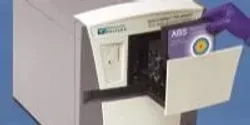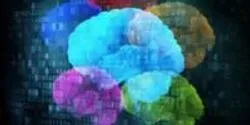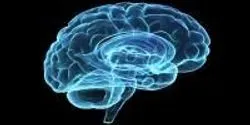Life Science

Induced neural stem cells (iNSCs) created from adult cells hold promise for therapeutic transplantation, but their potential in this capacity has been limited by failed efforts to maintain such cells in the desirable multi-potent NSC state without continuous expression of the transcription factors used initially to reprogram them.

University of Arkansas for Medical Sciences (UAMS) researcher Vladimir Zharov, Ph.D., D.Sc., recently was awarded a $1.5 million grant by the National Institutes of Health to investigate the use of nanoparticles in cancer diagnosis and treatment.

Reginald Beer, PhD, medical diagnostics initiative leader at Lawrence Livermore National Laboratory, talks to contributing editor Tanuja Koppal, PhD, about the trends and innovations in digital PCR. While touting the advantages of digital PCR, he explains that not every lab needs to invest in this technology. Lab managers should look closely at their samples and assays to determine if digital PCR is needed for their application.

The custom technologies arm of Molecular Devices, a leader in bioanalytical systems for drug discovery, life science research, and bioassay development, has partnered with the Discovery Technologies team at the Roche Innovation Center Basel of Pharma Research and Early Development (pRED) to develop a high-throughput detection system for drug discovery screens employing Roche’s proprietary Ruthenium-based nanosecond time resolved fluorescence (Nano-TRF®) assays. The pRED screening teams in Basel and Shanghai are now installing the custom-developed Nano-TRF® cartridge in their existing Molecular Devices SpectraMax® Paradigm® multimode microplate readers and will receive on-demand delivery of new cartridges and continuing global technical support.
















